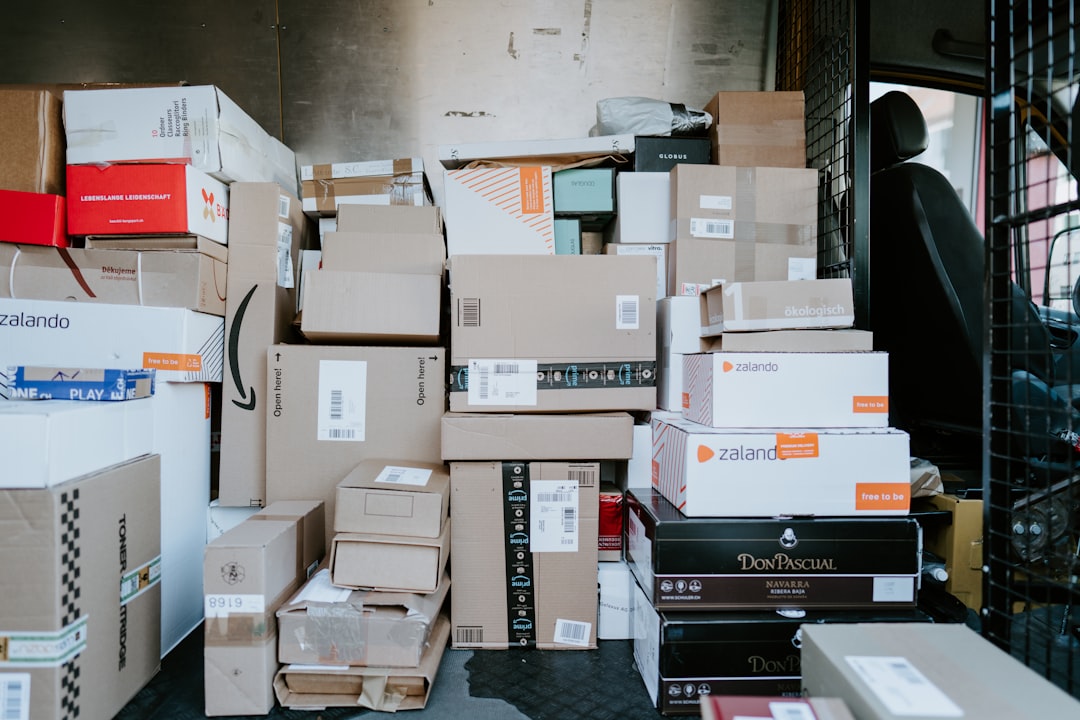In recent years, online entrepreneurship has surged in popularity, leading many aspiring business owners to explore various e-commerce models. Two of the most prominent and widely discussed methods are dropshipping and Amazon FBA (Fulfillment by Amazon). Both offer unique benefits and challenges, leaving many to wonder: Which one is better? Let’s examine both models side by side to provide a clear and objective comparison that can help you make an informed decision.
Understanding Dropshipping
Dropshipping is a business model where the seller doesn’t keep any inventory. Instead, when a customer places an order, the seller purchases the item from a third-party supplier, who then ships it directly to the customer. The seller never handles the product physically.
Key advantages of dropshipping include:
- Low startup costs: No need to invest heavily in inventory upfront.
- Minimal overhead: Without warehousing needs, operational costs are lower.
- Scalable business model: Easily test new products without financial risk.
However, there are challenges:
- Thin profit margins: Intense competition can drive prices down.
- Supplier reliability: Since you rely on third parties, mistakes in shipping or stock levels reflect on you.
- Less control: You can’t control product quality or shipping speed.

What is Amazon FBA?
Amazon FBA enables sellers to store their products in Amazon’s fulfillment centers. Amazon handles packing, shipping, customer service, and even returns. As a result, business owners can focus more on product sourcing and marketing rather than logistics.
Key benefits of Amazon FBA:
- Prime access: Products are automatically eligible for Amazon Prime, attracting millions of customers.
- Logistics handled by Amazon: Fast shipping and professional customer service increase trust and conversion rates.
- Credibility: Being associated with Amazon enhances a brand’s legitimacy and consumer trust.
That said, there are some trade-offs:
- Higher upfront costs: Inventory must be purchased and sent to Amazon’s warehouses.
- Storage fees: Long-term storage and fulfillment costs can add up.
- Strict regulations: Amazon’s rules can be stringent, and violations may result in account suspension.
Dropshipping vs. Amazon FBA: A Head-to-Head Comparison
To determine which model is better, it’s essential to consider your specific goals, budget, and level of experience. Here’s a direct comparison:
| Factor | Dropshipping | Amazon FBA |
|---|---|---|
| Startup Costs | Low | Moderate to High |
| Profit Margins | Lower | Higher (with proper sourcing) |
| Control Over Brand | Limited | Moderate |
| Shipping Speed | Varies by supplier | Fast (Amazon Prime eligibility) |
| Scalability | Easy to scale quickly | Scalable, but involves higher costs |
Which Is Better for You?
There is no universal answer to this question. It depends on what kind of entrepreneur you are.
If you are just starting out: Dropshipping may be a safer way to test the waters. You won’t need a significant upfront investment, and you can quickly change your product offerings to gauge market interest.
If you are ready to invest more: Amazon FBA provides potential for higher returns and a stronger brand presence. It offers unparalleled logistical support, but requires a deeper understanding of inventory management and the upfront capital to purchase stock.

Conclusion
Both dropshipping and Amazon FBA are viable paths to e-commerce success, but they cater to different types of business owners. Dropshipping is more suited for those who prioritize flexibility and low risk. In contrast, Amazon FBA suits those willing to invest more for better rewards and a more professional setup.
The final piece of advice: Consider your financial situation, long-term business goals, and operational preferences. Whichever route you choose, success depends not just on the model, but on execution, perseverance, and adaptability.
